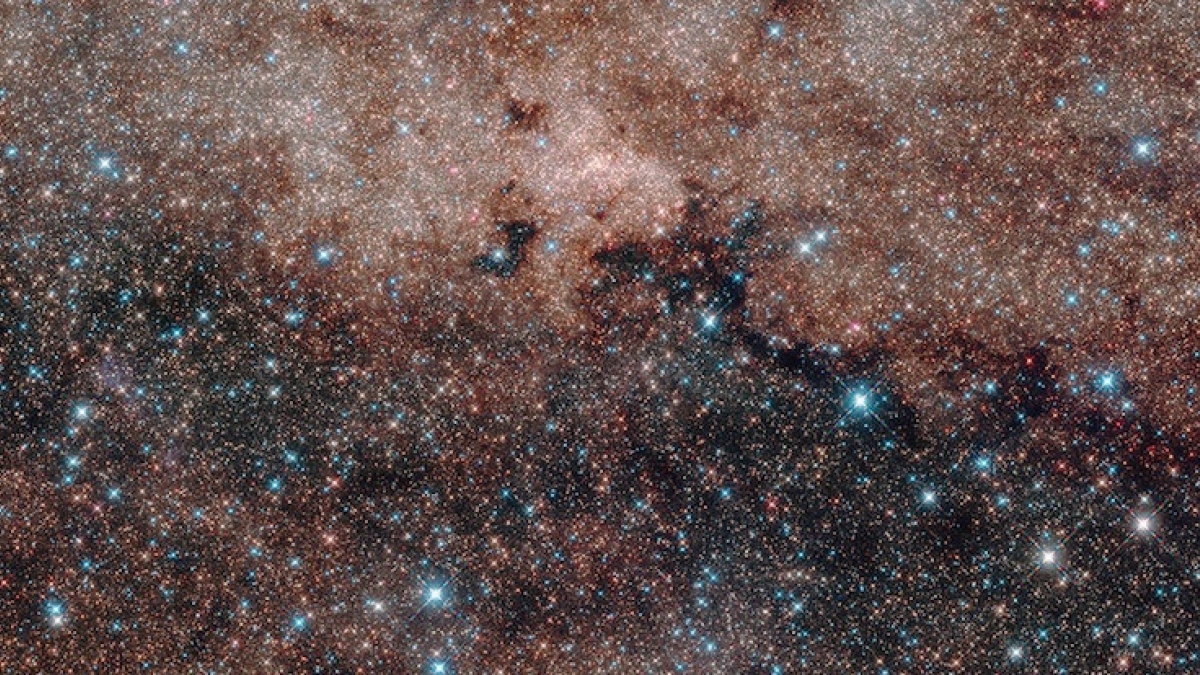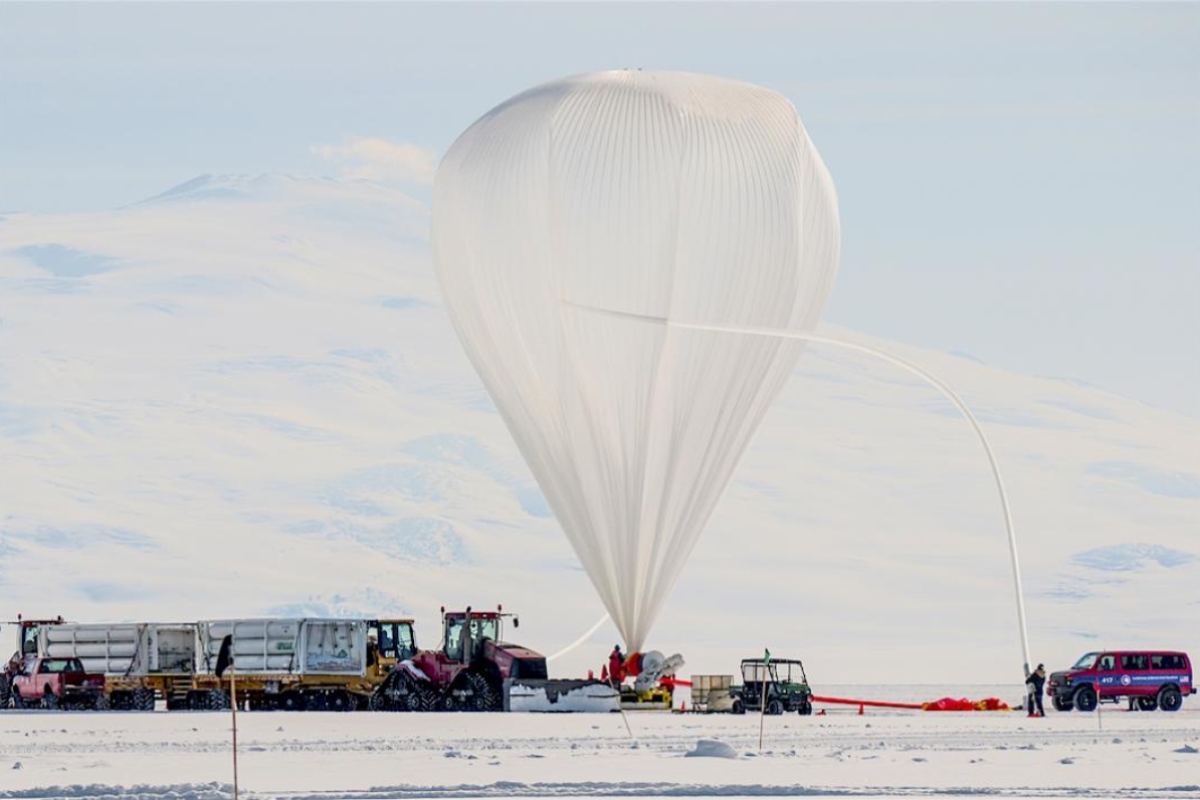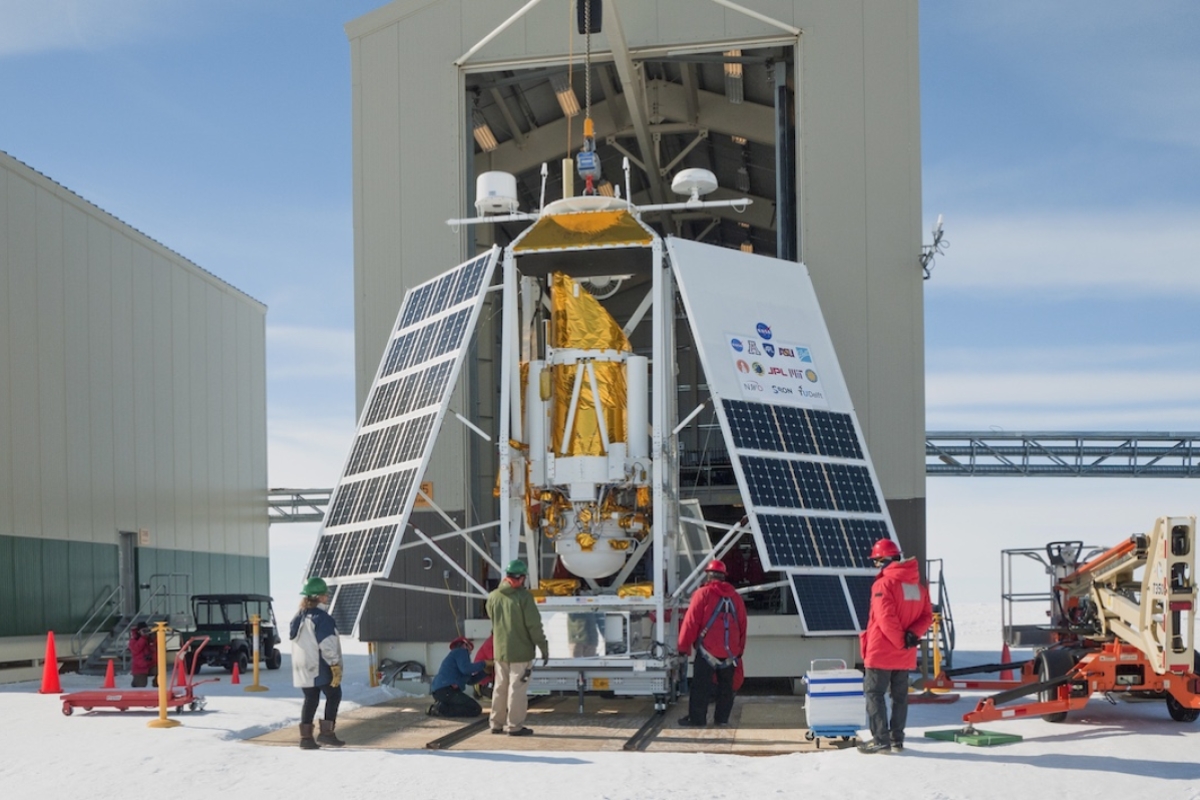A missing link lies in the chain of astronomers' understanding of how stars and planetary systems are born, but a team of scientists and engineers from Arizona State University's School of Earth and Space Exploration is on track to help find it.
"Astronomers have an idea how the Milky Way Galaxy's giant clouds of dust and molecular gas produce stars," SESE astronomer Chris Groppi said. "But we don't have a good idea how these clouds form in the first place."
To discover this is the aim of a newly funded NASA project named GUSTO, which is led by astronomer Christopher Walker of the University of Arizona. The project also involves Johns Hopkins University's Applied Physics Laboratory, NASA’s Jet Propulsion Laboratory, the Massachusetts Institute of Technology, and the Netherlands Institute for Space Research.
GUSTO is short for — take a deep breath — Galactic and Extragalactic Ultra-Long-Duration Balloon-Borne Spectroscopic-Stratospheric Terahertz Observatory.
As its full name suggests, this observatory won't be located on Earth. Instead, it'll soar at high altitude in the atmosphere: about 21 miles up, roughly three times higher than passenger jets typically cruise.
At this altitude the balloon-borne observatory will float above 99 percent of Earth's atmosphere. Effectively, the observatory will be out in space where it can view the universe mostly unimpeded.
Building on NASA's experience with balloon flights launched from Antarctica, the GUSTO project combines a new balloon of advanced design, plus a 30-inch-aperture telescope with two dozen detectors. The detectors cover a spectrum of "colors" that range between thermal infrared (heat radiation) and microwaves.
"This part of the spectrum," Groppi said, "is where we can track characteristic interstellar gases — ionized carbon, oxygen and nitrogen — as they cool off and collapse into clouds that will eventually become stars and probably planetary systems."
The project plans to use GUSTO to scan much of the Milky Way galaxy and all of a small nearby galaxy called the Large Magellanic Cloud. Project astronomers expect that this study will serve as a template to help them understand other galaxies.
"For GUSTO, our role at SESE is to design and build the processing electronics that handle the raw signals coming from the telescope and going to the detectors," Groppi said. GUSTO analyzes the sky in three different "colors." But each color uses eight detectors, so the entire instrument package must handle and process signals involving 24 detectors in all.
SESE electrical engineer Hamdi Mani and electronics technician Justin Matthewson are together responsible for designing and building the core of the processor, Groppi said. "Moreover, SESE astrophysics grad student Marko Neric will be working on both the engineering part and, later, the science from GUSTO."
GUSTO is coming at an appropriate time, Groppi said. Advances in detectors and in NASA's long-duration balloon capabilities make such an astronomical survey possible.
"To get data from previous Antarctic balloon experiments," Groppi said, "flights had to end when the winds at high altitude threatened to carry the balloon away from Antarctica. If we didn't halt a flight, we'd lose the instrument package and the data." Typical flights lasted 55 days or less.
"We don't have that problem anymore," he said. "We'll be sending GUSTO on a flight of at least 100 days, and we hope even longer." The key to a long flight is that GUSTO will send back its rough data via satellite links to the ground for processing and analysis.
And no longer confined to Antarctic airspace, the GUSTO balloon could drift away from the continent, over the open sea, as far as Australia. In fact, the project's astronomers would be quite happy if the balloon drifts even farther north, because that would let the telescope observe more of the northern reaches of the Milky Way and its clouds of gas and dust, which are mostly out of view from the southern hemisphere.
"We've been working on proposals to answer this science question since 2003," Groppi said. "We're all thrilled that we finally get to do it."
Top image: A team of researchers from ASU's School of Earth and Space Exploration will build a key component for a NASA science mission called GUSTO. The project aims to discover how interstellar material comes together to make clouds of gas and dust — like these in the Milky Way — that give birth to new stars and planetary systems. Image by NASA, ESA, and the Hubble Heritage Team
More Science and technology

ASU-led space telescope is ready to fly
The Star Planet Activity Research CubeSat, or SPARCS, a small space telescope that will monitor the flares and sunspot activity of low-mass stars, has now passed its pre-shipment review by NASA.…

ASU at the heart of the state's revitalized microelectronics industry
A stronger local economy, more reliable technology, and a future where our computers and devices do the impossible: that’s the transformation ASU is driving through its microelectronics research…

Breakthrough copper alloy achieves unprecedented high-temperature performance
A team of researchers from Arizona State University, the U.S. Army Research Laboratory, Lehigh University and Louisiana State University has developed a groundbreaking high-temperature copper alloy…




